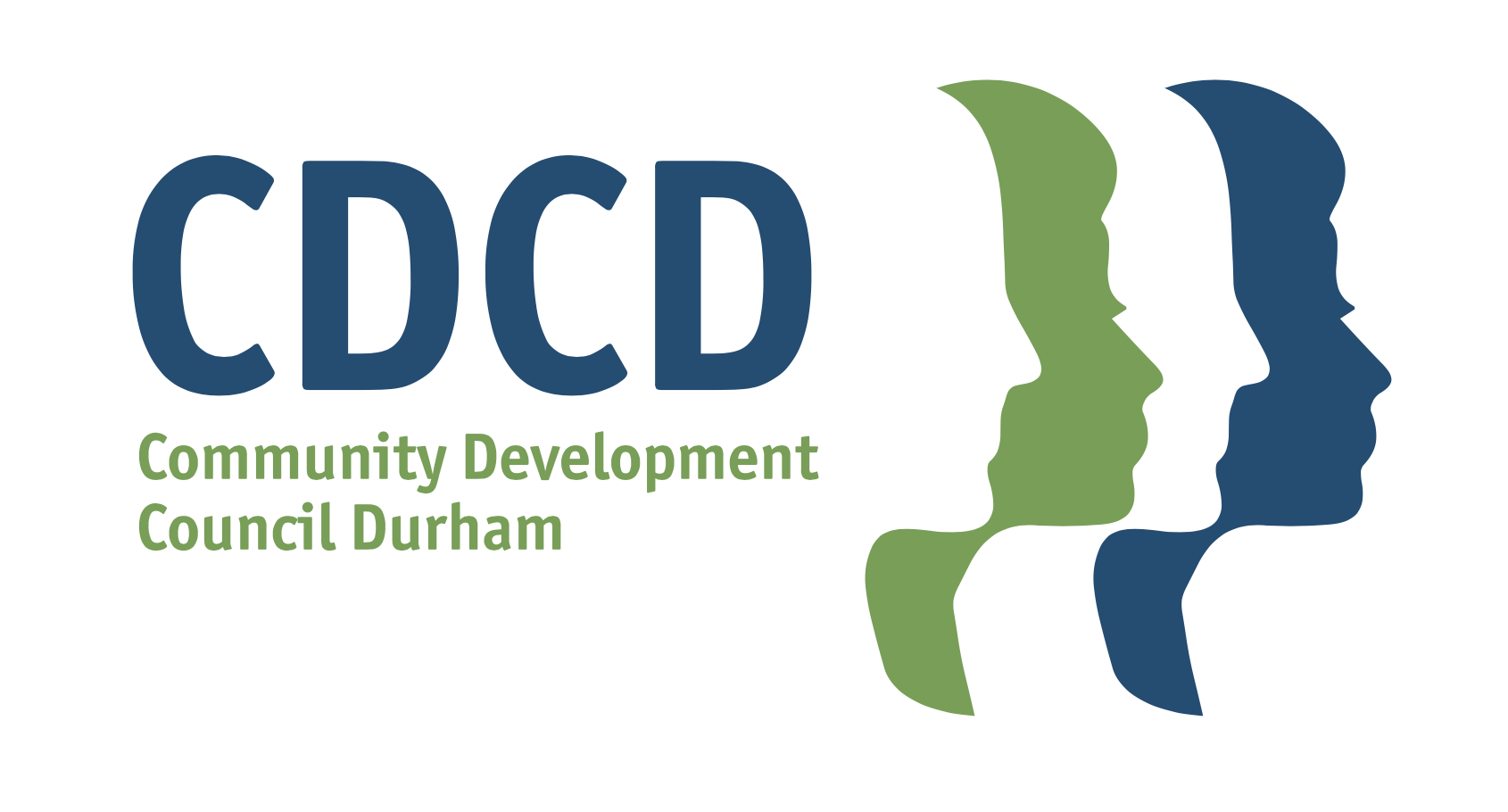The Durham 2017 PiT Count Report can be viewed here.
Community Development Council Durham, in partnership with Durham Mental Health Services (DMHS), spearheaded an initiative called the Point-in-Time (PiT) Count. This initiative sought to enumerate and survey the homeless population in Durham Region. The objectives of the PiT Count were twofold. First, it was intended to identify how many persons/families in our community are experiencing homelessness (sheltered and unsheltered) on a given night. These findings provide our community with a snapshot of homelessness, allowing us to establish a benchmark against which progress can be measured. The second objective was to survey people experiencing homelessness so that we can understand their demographics and service needs. This information can then be used to target community resources to where they are most needed.
CDCD and DMHS worked closely with service providers, local government, nonprofits, and grassroots organizations. The final product of this initiative, the PiT Count report can be found here:
Count Me In Durham Frequently Asked Questions
What is Count Me In Durham?
Count Me In Durham is a Point-in-Time (PiT) Count that provided an estimated snapshot of the extent and nature of homelessness in the Durham region. Conducted over a 24 hour period in Mid-February 2017, the PiT Count gathered information on both the number of persons/families experiencing homelessness as well as their demographic characteristics and service needs.
The PiT Count was funded by the Government of Canada, through the Homelessness Partnering Strategy (HPS). The goal of this strategy was to reduce homelessness by helping to move people who are chronically or episodically homeless from the streets or homeless shelters into permanent housing.
How is ‘homelessness’ defined?
The PiT Count methodology defines homelessness as those who are:
- Unsheltered – This includes people living in public or private spaces without consent or contract and people living in places not intended for permanent human habitation
- Emergency Sheltered – This includes people using emergency overnight shelters and violence-against women shelters
- Provisionally Accommodated – This includes people who are using interim housing, such as short-term transitional housing.
Why are PiT Counts important?
Conducting a PiT Count is essential to all communities. Since PiT Counts provide a snapshot of homelessness in our community, as counts are repeated in subsequent years, we will be able to not only anticipate homelessness trends but also understand whether our community is making any progress towards addressing homelessness.
Who conducted the PiT count?
Surveys were conducted by approximately 100 volunteers, including people who have experienced homelessness, service provider staff, outreach workers, and those who work for public institutions that help people.
Where did they count?
Teams of volunteers went to assigned outdoor or indoor count locations. Street teams conducted enumeration counts in outdoor locations where i was assessed, through a pre-count process, that homeless people are likely to be. However, it is important to state that any enumeration of persons/families experiencing homelessness is an estimate. This is because many of those experiencing homelessness are hidden from plain view. The PiT Count uses the following methodology to provide the best possible estimate:
- Street Survey – the street survey will reach people living in public/outdoor places that are not suitable for human habitation.
- Sheltered Survey – the sheltered survey includes all emergency/domestic shelters and transitional housing in the Durham region.
- Service Count – the service count includes local public institutions (i.e. libraries, civic recreational centres, etc.) and non-profit service providers (i.e. drop-in centres, food banks, meal programs, etc.).
- Data from agencies/government – includes those residing in institutions (e.g. hospitals, holding cells, detox clinics) who do not have a permanent address.
How will volunteers know what to do?
Volunteers were trained in safety considerations, interviewing, consistent survey administration processes, confidentiality, and obtaining consent. All survey teams included, at minimum, one experienced professional in the social services sector or individuals with lived experience. Debriefing was provided to all volunteers.
What kind of information will be gathered during the PiT Count?
Through a voluntary survey, participants were asked questions on their age, gender identity, aboriginal status, military status, immigration status, income sources, how long/how many times they have been homeless, whether they have accessed an emergency shelter recently, whether they have migrated to Durham region recently, and what happened that caused them to lose their housing most recently.
Why is the PiT Count completed in 24 hours?
The methodology of the PiT Count has been used in many communities across Canada. It was conducted over 24 hours to reduce duplication and to make it as cost and resource-effective as possible. Because it is the same method used in many communities, we will be able to compare results across Canada. The PiT count was conducted between a 3-hour time span around midnight when the actual count took place. It was scheduled for when most individuals with somewhere to sleep for the night are off the street.
When will results become available?
Results are available here.
For more information, please contact Vanessa Bilenduke, Community Development Manager, vbilenduke@cdcd.org
Butterfly weed attracts hummingbirds together with butterflies. Individuals are certain to have a fast and straightforward method of purchasing weed. https://potster.com/ Fortunately, creating your own weed and feed is simple to accomplish, and the outcomes are gentle and successful on lawns.
Spray over the weeds you need to kill. Spray liberally through the region of your lawn where you would like to control the weeds. To spend less, you can earn a weed and feed at home.


